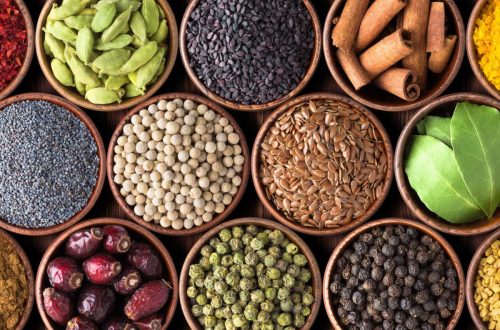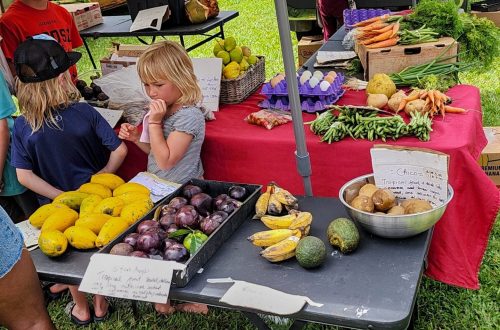
A New Take on “Sea” Food
To view the photos and comment online from your email, please click on the title.
How would you like to discover something that’s a great source of vitamins and minerals, contains a variety of antioxidants, and provides fiber and polysaccharides to support gut health and reduce heart disease risk – while helping you lose weight? Too good to be true? Nope. It’s seaweed.
If you’ve eaten miso soup in a good Japanese restaurant, you’ve likely tasted that salty vegetable that the Japanese call wakame, one of the three common types of seaweed. The same goes if you’ve eaten sushi and its black wrapping: that’s nori, also seaweed.
Eat your sea vegetables
While Americans likely don’t think about consuming seaweed, we probably should. Seaweed is the supreme super food containing virtually all the minerals found in the ocean. And it’s been promoted for being anti-inflammatory, anti-cancer, anti-coagulant, and anti-viral. Japanese food makes liberal use of these sea vegetables, which are actually marine algae. Besides the nori and wakame, you’ll experience konbu, brown seaweed used in salads and dashi cooking stock. If you have cut down or eliminated meat in your diet, seaweed might take its place, since it is nutritious and high in calcium and vitamin B12, which is important in a plant-based diet.
Who are likely candidates to try these sea vegetables? A study in the British Food Journal reveals that early adopters of seaweed food products in Western societies are people with higher educational levels, who are adventurous in their food choices, and who perceive seaweed consumption to have symbolic value. They are also health-conscious “snackers.” An Australian academic study found that the flavor, nutrient content, and health benefits are driving consumption, particularly among younger consumers – especially young women.
However, the lack of availability, affordability, and limited variety is hindering wider use. On the positive side, the University of Massachusetts has added seaweed to its campus dining establishments while Boston College Dining Services has introduced kelp “meatballs.” You might also pay attention the next time you eat at a high-end restaurant. More and more trendy places are adding seaweed to their menus, particularly seafood salads. You might even prefer it over the dreaded kale.
How to find it on dry land
When it comes to preparing your own food, sheets of dried seaweed can be sometimes found in the Asian food sections of larger supermarkets, but dried or frozen seaweed is harder to locate. My local health food store does sell dried Atlantic kelp, which is related to konbu, as well as other varieties of seaweed. And Asian markets often sell frozen varieties. Of course, you can always order online or by mail.
You’ll find that dulse, a red algae, can be soft and chewy and doesn’t require any soaking or cooking before adding it in salads, soups, or omelets. If you’re making an omelet, pan-frying the dulse in a little oil gives it a bit of bacon flavor.
If you do come home with some seaweed, here are some recipe ideas. Of course, there’s miso soup. And if you’re a cabbage lover, how about some vegan kimchi? If you’re looking for sushi, here’s a recipe for beet and avocado nori rolls. If you are still a carnivore but want to add something new, here are recipes for a salmon sushi salad, a poke bowl, and a barbecue surf and turf, all using seaweed.
Since seaweed is now trending, you might want to be the first on your block. What do you think?
Please click on the headline to view the blog on the website. You can log in and comment at the end of the blog to share your thoughts and start a discussion or suggest a topic for Farmboy in the Kitchen.
If you’d like to share the blog, click on the Facebook icon or one of the others. Thanks!





One Comment
Tom Stites
Listening to Maine Public Radio not long ago, I heard an interview with a Maine seaweed farmer. So seaweed may now be, or may soon be, a New England local crop. Sounds good to me.